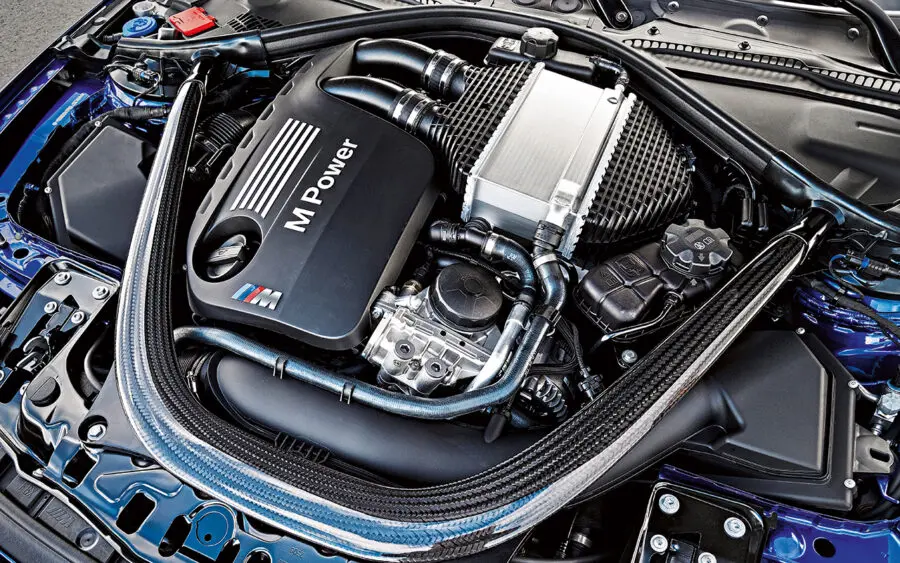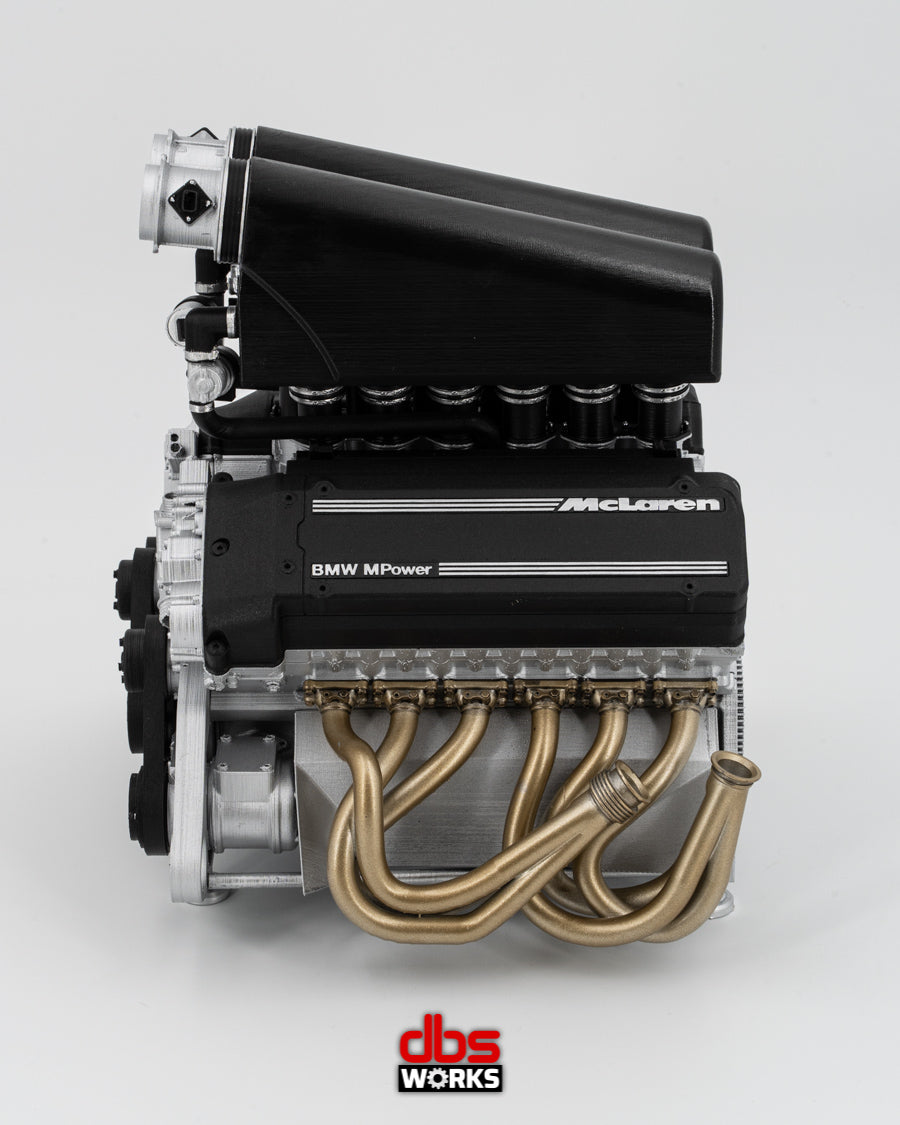How to Keep Your BMW Engine for Optimal Efficiency and Durability
How to Keep Your BMW Engine for Optimal Efficiency and Durability
Blog Article
Checking Out the Evolution of Combustion Engines in Modern Transportation Equipments
As we navigate the landscape of modern-day transport, the evolution of burning engines stands as a testament to human ingenuity and engineering expertise. From their simple starts to the advanced giants driving vehicles today, combustion engines have gone through an amazing trip of technology and adjustment. Comprehending the details of this evolution not just loses light on the past yet likewise leads the means for envisioning what lies ahead in the world of transportation innovation. The interplay of background, modern technology, and ecological worries fit the trajectory of combustion engines develops a story that is both insightful and compelling.
Very Early Beginnings of Combustion Engines
Just how did the idea of combustion engines first arise in the very early phases of transportation development? The origins of combustion engines can be mapped back to the 17th century when the concepts of inner burning were first checked out.
The breakthrough moment featured the development of the very first effective gasoline-powered engine by Karl Benz in 1885 - bmw engine. This engine led the way for the advancement of the modern-day auto, reinventing transport systems worldwide. Succeeding advancements by Nikolaus Otto and Gottlieb Daimler better fine-tuned burning engine technology, causing the mass production of automobiles and the fast growth of the transport industry
These early combustion engines were identified by their simpleness and efficiency, laying the structure for the complicated and effective engines utilized in modern-day transport systems. The advancement of combustion engines has contributed in shaping the way we travel and transfer goods, marking a significant milestone in the background of transportation advancement.
Transition to Internal Combustion Innovation
The change to interior combustion innovation marked a pivotal shift in the development of transport systems. This shift began in the late 19th century, with creators like Nikolaus Otto and Gottlieb Daimler establishing the initial effective interior combustion engines. These engines transformed transport by supplying a much more efficient and effective option to steam engines and electrical motors.
One of the key benefits of inner burning engines was their capability to be reduced to match automobiles, bring about the advancement of motorcycles and cars. This shift from bulky, stationary engines to small, mobile ones paved the means for the modern transport systems we see today.
The change to inner combustion technology also stimulated improvements in fuel modern technology, bring about the development of fuel and diesel as main gas sources for automobiles. This shift not just made transport extra easily accessible to the masses yet likewise laid the structure for the oil and gas market to become indispensable to global economic climates.
Effect of Combustion Engines on Transport
The adoption of burning engines in transport systems catalyzed a profound shift in the effectiveness and rate of worldwide wheelchair. Combustion engines transformed transportation by supplying a dependable and functional resource of power for numerous lorries, consisting of cars, trucks, aircrafts, and ships. This innovation substantially improved the capacity for individuals and products to move over fars away in shorter amount of time, causing boosted connection between regions and nations.
In addition, the prevalent usage of combustion engines has had a considerable impact on economic advancement. The ability to move goods effectively has stimulated profession and commerce, permitting businesses to increase their markets and get to customers worldwide. This has helped with financial development and globalization, as items can now be transported quicker and in bigger quantities than ever previously.
Nonetheless, the environmental influence of combustion engines can not be overlooked. The combustion of fossil fuels has actually led to air pollution and greenhouse gas discharges, adding to environment change and posturing wellness dangers to populations. bmw engine. Therefore, there is a growing focus on developing different propulsion innovations to minimize these adverse impacts and create a much more sustainable future for transportation
Technologies in Burning Engine Layout
Numerous innovations in burning engine layout have actually thrust the evolution of transport systems over the decades. One noteworthy technology is the advancement of turbocharged engines, which utilize exhaust gases to drive a generator that compresses incoming air, permitting more gas to be burned, resulting in raised power result without a considerable increase in engine dimension. Additionally, direct shot innovation has actually boosted fuel effectiveness and efficiency by exactly managing the quantity and timing of fuel infused into the burning chamber. Variable shutoff timing systems have likewise transformed engine design by optimizing air flow at different engine speeds, boosting both power and performance. One more significant development is the assimilation of light-weight materials such as carbon fiber and light weight aluminum alloys, reducing overall engine weight and improving automobile fuel economic situation. Advancements in computer-aided layout have allowed designers to maximize Clicking Here engine performance and effectiveness through simulations prior to physical prototypes are developed, conserving time and sources in the advancement procedure. These advancements jointly add to the constant renovation of combustion engines in modern-day transportation systems.
Future Fads in Combustion Engine Advancement
With innovation improvements driving continual development, the future of burning engine advancement is poised to revolutionize transportation systems worldwide. One of the crucial fads in combustion engine development is the press towards greater performance and minimized discharges. Makers are spending heavily in research study and growth to enhance engine efficiency while fulfilling rigid environmental regulations. This consists of the combination of innovative fuel shot systems, boosted turbocharging approaches, and using lightweight products to optimize fuel consumption and decrease carbon emissions.
One more prominent fad is the adoption of crossbreed technologies in combustion engines. Crossbreed engines integrate conventional burning modern technology with electric power, offering improved gas effectiveness and reduced exhausts. As the auto market shifts in the direction of electrification, hybrid burning engines are seen as a transitional remedy that connects the void between standard automobiles and totally electric ones.
In addition, the integration of clever innovations, such as synthetic intelligence and data analytics, is expected to play a substantial duty in the future of burning engine growth. These innovations can maximize engine efficiency in real-time, bring about a lot more efficient burning processes and boosted total car performance. Welcoming these future fads will not just drive technology in burning engine advancement but likewise add to an extra sustainable and eco-friendly transport ecological community.

Final Thought
In verdict, the development of combustion engines in modern transport systems has been noted by significant developments in technology and layout. From the very early starts of combustion engines to the change to internal burning modern technology, these check engines have had a profound influence on transportation.
The origins of combustion engines can be traced back to the 17th century when the principles of interior burning were first discovered. These engines reinvented transport by offering a much more reliable and powerful option to steam engines and electrical motors.

Report this page